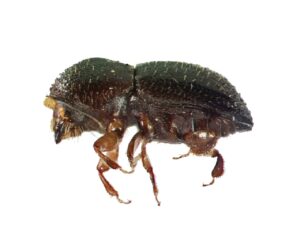The University of Adelaide has reported a major breakthrough in opiate addiction: addiction to morphine and heroin can be blocked, while at the same time increasing pain relief.
An international team of scientists from the University of Adelaide and the University of Colorado have discovered the key mechanism in the body’s immune system that amplifies addiction to opioid drugs.
Their study will be published tomorrow in the Journal of Neuroscience, and they say the results could eventually lead to new co-formulated drugs that assist patients with severe pain, as well as helping heroin users to kick the habit.
The team has focused its research efforts on the immune receptor known as Toll-Like receptor 4 (TLR4), and lab studies have shown that the drug (+)-naloxone will selectively block the immune-addiction response.
The researchers say clinical trials may be possible within the next 18 months.
Lead author of the study, Dr Mark Hutchinson, ARC Research Fellow in the University of Adelaide’s School of Medical Sciences, explains:
Our studies have shown conclusively that we can block addiction via the immune system of the brain, without targeting the brain’s wiring.
Both the central nervous system and the immune system play important roles in creating addiction, but our studies have shown we only need to block the immune response in the brain to prevent cravings for opioid drugs.
Opioid drugs such as morphine and heroin bind to TLR4 in a similar way to the normal immune response to bacteria. The problem is that TLR4 then acts as an amplifier for addiction. The drug (+)-naloxone automatically shuts down the addiction.
It shuts down the need to take opioids, it cuts out behaviours associated with addiction, and the neurochemistry in the brain changes – dopamine, which is the chemical important for providing that sense of ‘reward’ from the drug, is no longer produced.
Professor Linda Watkins, a senior author from the Centre for Neuroscience at the University of Colorado Boulder, says:
This work fundamentally changes what we understand about opioids, reward and addiction. We’ve suspected for some years that TLR4 may be the key to blocking opioid addiction, but now we have the proof. The drug that we’ve used to block addiction, (+)-naloxone, is a non-opioid mirror image drug that was created by Dr Kenner Rice in the 1970s.
We believe this will prove extremely useful as a co-formulated drug with morphine, so that patients who require relief for severe pain will not become addicted but still receive pain relief. This has the potential to lead to major advances in patient and palliative care.
[Source: University of Adelaide]





